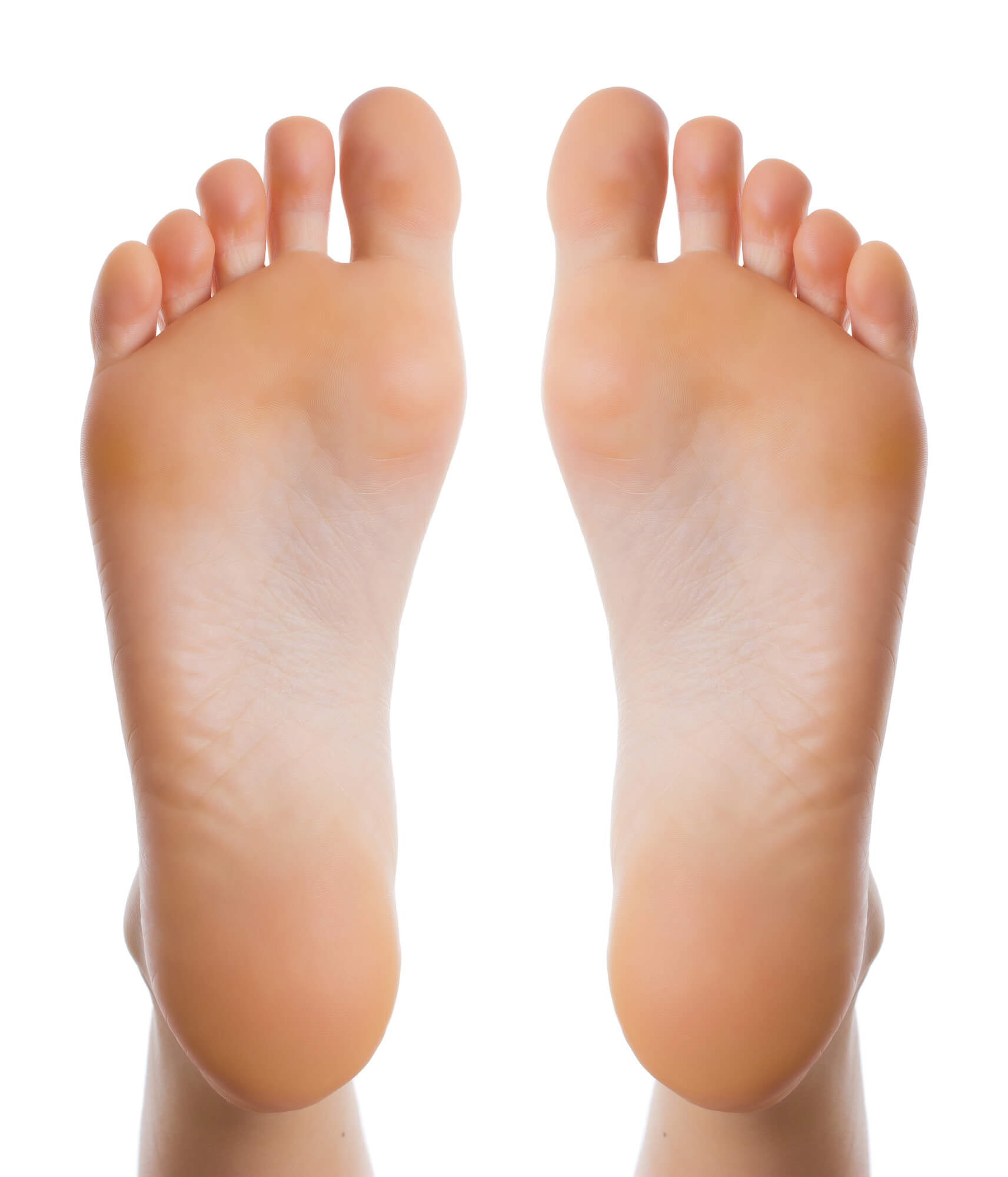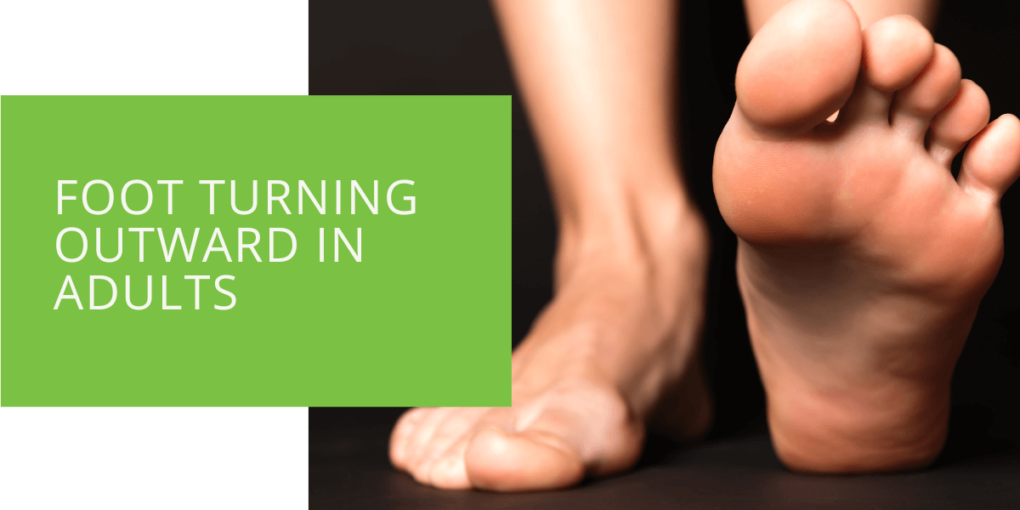Foot Turning Outward in Adults: Causes, Symptoms & Treatment
Out-toeing, also known as duck feet, is where the feet turn outward instead of facing forward. Several factors, including natural alignment, medical conditions, and improper footwear, can cause this condition. This article will discuss the causes, symptoms, and treatment options for foot turning outward in adults.
Anatomy of the Foot
The foot is a complex structure that includes bones, ligaments, and muscles. The tibia and fibula bones support the foot's arch, while the heel bone supports the body's weight. The femur bone also plays a role in foot alignment, as it connects to the tibia bone and helps to position the foot inwards or outwards.
Causes of Foot Turning Outward
Foot turning outward in adults can be caused by various factors, including:
Natural Alignment
Some individuals are born with flat feet or high arches, which can cause the feet to turn outward. A natural inward or outward rotation of the femur bone can also affect foot alignment. If the femur bone rotates outward, it can also cause the foot to turn outward. Certain habits or activities that strain the foot and leg muscles can exacerbate this natural alignment, leading to increased out-toeing.
Medical Conditions
Medical conditions such as hip dysplasia, cerebral palsy, and stroke can cause the foot to turn outward in adults. These conditions can affect the foot's muscles, bones, and ligaments and alter foot alignment. Hip dysplasia can cause hip joint instability, leading to changes in the hip and leg alignment and eventually to the foot turning outward. Cerebral palsy can affect the control of muscle movement, leading to foot alignment problems. Stroke can also cause muscle weakness and changes in muscle control, leading to foot alignment issues.
Footwear
Wearing improper footwear can contribute to foot turning outward in adults. Shoes that are too tight or too loose can cause the foot to turn outward, as can shoes with a narrow-toe box or high heels. High heels shift the weight to the front of the foot, which can cause the toes to grip and the foot to turn outward. Shoes with a narrow toe box do not allow enough room for the toes to splay and can put pressure on the toes, causing them to push outwards.
Tightness and Weakness in the Muscles
Muscle tightness or weakness can also cause the foot to turn outward. The muscles in the legs and feet work together to control foot and leg movement. Tightness in the muscles can alter foot alignment, while weakness in the muscles can cause the foot to turn outward.

Symptoms of Foot Turning Outward
Symptoms of the foot turning outward can vary depending on the severity of the condition. Some common symptoms include:
- Pain in the feet or ankles
- Difficulty walking or running
- Tightness in the muscles of the feet and legs
- Development of corns and calluses on the outer edge of the foot
If you experience any of these symptoms, seeking medical advice from a podiatrist is important.
Diagnosis of Foot Turning Outward
To diagnose a foot turning outward, a podiatrist will perform a physical exam and may order imaging tests like X-rays or MRI scans. The podiatrist will also ask about your medical history and any symptoms you may be experiencing.
Physical Exam
During a physical exam, the podiatrist will visually inspect your feet and legs while standing, walking, and lying down. They will assess your foot alignment, muscle strength, and range of motion. They may also evaluate your gait and observe how you walk.
Imaging Tests
The podiatrist may order imaging tests like X-rays or MRI scans if necessary. X-rays can help to evaluate the bones and joints of the foot and detect any abnormalities. MRI scans can help to evaluate the soft tissues of the foot, including muscles, tendons, and ligaments.
Medical History and Symptoms
The podiatrist will also ask about your medical history and any symptoms you may be experiencing. They will ask about past foot or leg injuries, surgeries, or medical conditions. They will also ask about any pain or discomfort you may be experiencing in your feet or legs.
By taking into consideration your medical history, physical examination, and imaging tests, your podiatrist can determine the underlying cause of your foot turning outward. Based on the diagnosis, they will develop a treatment plan tailored to your specific condition and individual needs.

Treatment of Foot Turning Outward
The treatment of foot turning outward will depend on the cause and severity of the condition. In many cases, conservative treatments like orthotics and physical therapy can help to realign the foot. In severe cases, surgery may be necessary to correct the condition.
Conservative Treatments
Orthotics are shoe inserts that can help to realign the foot and provide support. Your podiatrist may recommend custom-made orthotics that are designed specifically for your foot. The orthotics may be designed to cushion your foot, support the arch, and correct foot alignment. They can also help to distribute pressure evenly on the foot, reducing the risk of corns and calluses.
Physical therapy can also help to retrain your muscles and improve foot alignment. Your physical therapist may recommend exercises that focus on strengthening the muscles of the feet and legs, as well as stretches that can help to reduce tightness. They may also recommend massage or other manual therapy techniques to help reduce muscle tightness and improve foot alignment.
Surgical Treatments
In severe cases, surgery may be necessary to correct the foot turning outward. Surgical treatments may include osteotomy, which involves cutting and realigning the bones of the foot, or tendon transfer, which involves moving tendons from one area to another to improve alignment.
Your podiatrist will determine the best surgical treatment option for you based on the severity of your condition and your medical history.
Retrain Your Muscles
In addition to orthotics and physical therapy, retraining your muscles can help to improve foot alignment. Exercises that target the glutes, hip, and leg muscles can help retrain your muscles. Focus on exercises that help to strengthen your glutes and hip muscles, as these muscles can help to support the alignment of the feet and legs.
Stretching
Stretching can also help improve foot alignment. Stretching exercises that target the calf, hamstring, and hip flexor muscles can help to reduce muscle tightness and improve foot alignment. Your podiatrist or physical therapist can recommend specific stretching exercises based on your condition.

Prevention of Foot Turning Outward
Preventing the foot from turning outward involves a combination of factors, including proper footwear, weight management, and regular exercise. Here are some strategies that can help prevent the foot from turning outward:
Wear Properly Fitting Shoes
Wearing properly fitting shoes can help to prevent the foot from turning outward. Too tight or loose shoes can cause the foot to turn outward, as can shoes with a narrow-toe box or high heels. Properly fitting shoes should have a wide toe box and low heel, providing support and cushioning for the foot.
Maintain a Healthy Weight
Maintaining a healthy weight can also help to prevent the foot from turning outward. Excess weight can put pressure on the feet and alter foot alignment. Maintaining a healthy weight can reduce the pressure on your feet and improve foot mechanics.
Stretch and Exercise Regularly
Stretching and exercising regularly can help to prevent the foot from turning outward by improving muscle strength and flexibility. Focus on exercises that target the glutes, hip, and leg muscles, as these muscles can help to support the alignment of the feet and legs. In addition, stretching exercises that target the calf, hamstring, and hip flexor muscles can help to reduce muscle tightness and improve foot alignment.
Consider Orthotics
If you have flat feet or high arches, or if you have a natural inward or outward rotation of the femur bone, your podiatrist may recommend custom-made orthotics to help support your feet and improve foot alignment. Orthotics can help to distribute pressure evenly on foot and reduce the risk of developing corns and calluses.
Address Muscle Tightness and Weakness
Muscle tightness or weakness can also contribute to the foot turning outward. By addressing muscle tightness and weakness through stretching and exercise, you can improve foot alignment and reduce the risk of developing foot turning outward.
Conclusion
Foot turning outward in adults, also known as out-toeing or being duck-footed, can be a painful and uncomfortable foot condition. However, with proper diagnosis and treatment, it can be managed effectively.
If you suspect your foot is turning outward, it is important to seek medical advice from a podiatrist. They can help determine the condition's cause and recommend appropriate treatment options.
Remember that prevention is key. Wearing properly fitting shoes, maintaining a healthy weight, and regularly stretching and exercising can all help to prevent the foot from turning outward.
If you are experiencing your foot turning outward, it is important to seek medical advice from a podiatrist. They can help to diagnose the condition and recommend appropriate treatment options. By preventing your foot from turning outward, you can maintain healthy feet and reduce your risk of developing foot pain and other foot problems.

